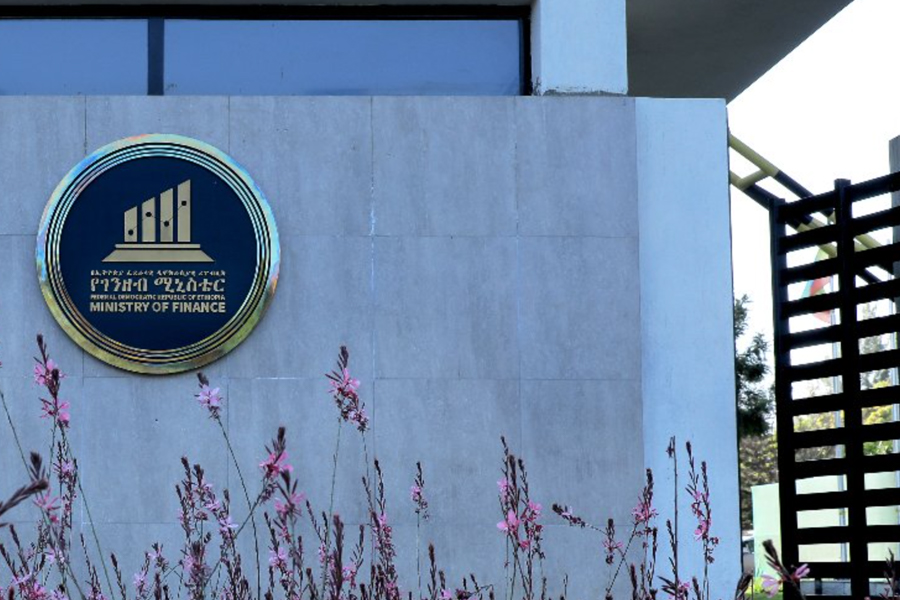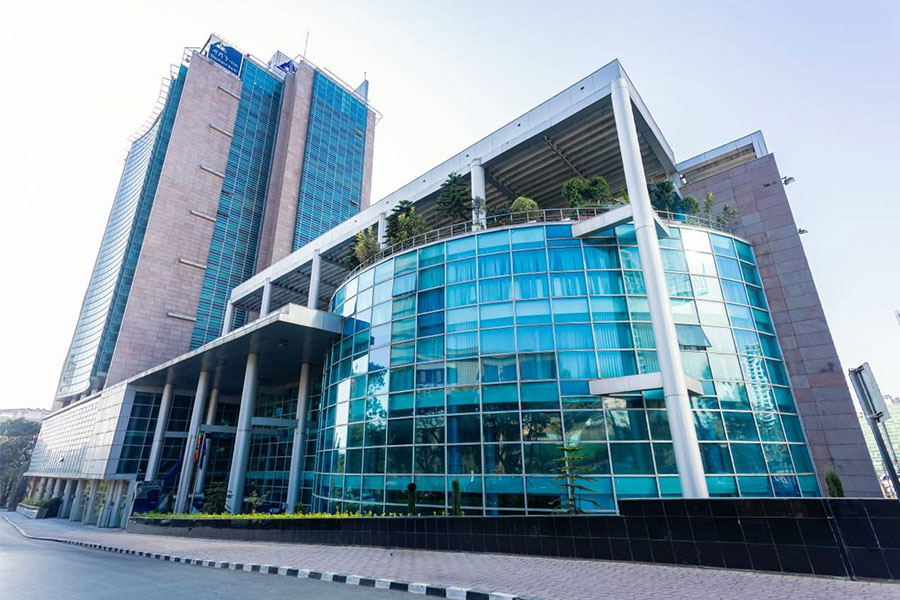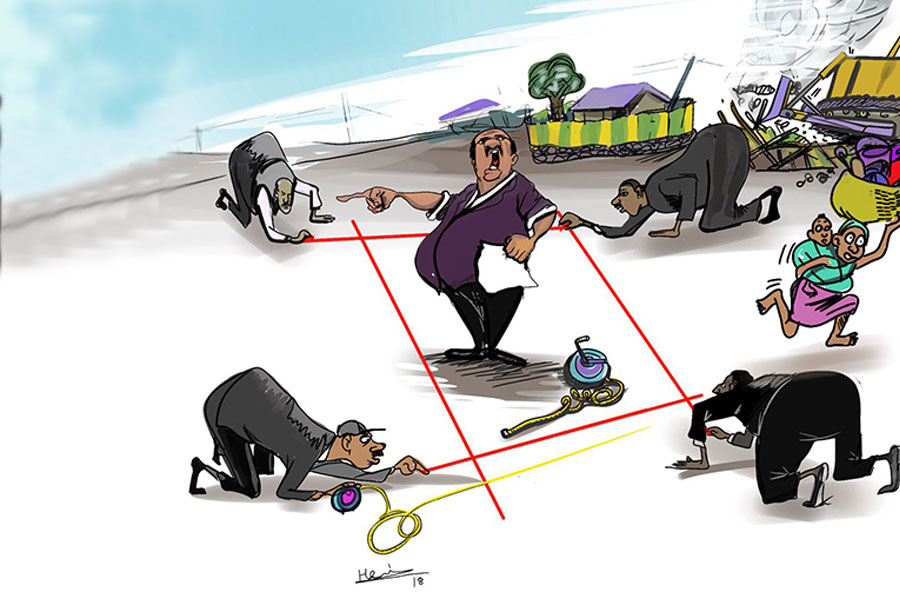
The National Bank of Ethiopia (NBE) has drafted a directive that will operationalise a movable collateral registry system outlining the methods to identify the main types of movable properties, codify movable assets, and adopt a valuation mechanism for these assets that will allow banks to extend credit.
The bill, which has been in the making for the last four months, follows the proclamation that compelled banks to allocate five percent of their annual loan portfolio to the agricultural sector by taking movable assets as guarantees. With the new law, all financial institutions are expected to extend loans to cooperative unions and small and micro enterprises in the agricultural sector.
The draft directive has outlined livestock, crops, vegetables, timber, intellectual property and other types of movable assets. The Ministry of Agriculture, Ethiopian Intellectual Property Office, Ethiopian Bankers Association and the Association of Ethiopian Microfinance Institutions participated in the consultative meeting for the drafting of the bill.
Taking movable property as collateral for loans is part of the government’s effort to increase the loans directed to the agricultural sector. In the last five years, less than 10pc of loans were directed to agriculture. The Ministry of Agriculture aspires to raise the bar to between 30pc and 40pc.
For the identification of livestock that will be registered as a guarantee under the movable collateral registry, the directive proposed a mechanical identification method that uses plastic ear tags.
The yellow plastic ear tag will tell the type of the livestock, the logo of the Ministry of Agriculture, the regional code number, and identify the species of the animal using the first two letters of the breed, except for camels, which will be labelled as "Cam".
A unique national identification code with 10 digits will be included in the ear tag. The ear tags and applicator, a device used to fix identification tags on the ears of animals, are going to be provided by the Ministry of Agriculture.
The Ministry of Agriculture has been carrying out monthly price information services for most types of livestock in six regional states, as well as Addis Abeba and Dire Dawa. The price information will be used by the financial institutions to conduct valuations of the livestock.
In the case of crops, fruits, vegetables and timber, the creditor should check the land use rights of the applicant for the loan, and the applicant should provide their Tax Identification Number (TIN).
The land use right certificate should be registered under the movable collateral registry together with the type of crop pledged, the expected maximum output, and the maximum production to be guaranteed for a loan out of the total output.
The identification of the land use can be used from the certificate issued by relevant authorities in the area. The valuation of the expected production output of the land can be determined by development agents in a specific location and can be cross-checked with the researchers in the Ministry of Agriculture, which is found on the web page of the Ministry.
Financial instruments, including bonds, shares, vouchers and warehouse receipts, can be used as a guarantee for loans and registered under the movable collateral registry with their unique serial number. Borrowers using financial instruments must provide a TIN. Since financial instruments have a par value, creditors can take this into consideration with the market value, according to the draft directive.
In a scenario in which someone wants to register their intellectual property to request a loan, the unique serial number issued by the Ethiopian Intellectual Property Office can be used at the moveable property registry. And the valuation of the IPs is proposed to be followed by the analysis of the proposal that is submitted by the owner of the IP together with a feasibility study for the loan.
To move forward with this scheme, the central bank had organised a Movable Collateral Registry Office, headed by a director, and the Electronic Collateral Registry System. The Office will approve and provide user accounts for creditors to access the collateral upon fulfilling the proper requirements.
Although the initiative is much appreciated, this will be quite hard for banks to implement, according to Wondossen Teshome, president of Enat Bank.
“It needs a branch network, which is hard for new banks since they need to reach the rural areas,” he said. “The administrative cost is high for banks."
Habib Mohammed, a banking expert with over a decade and a half of experience, shares Wondossen's reservations, admitting that it is going to be hard for banks to implement since it is such a small part of their loan portfolios.
"In addition, insurance companies will have to introduce a new product for livestock and crop insurance,” he said. "Even though the scheme is understandable, it’s going to be hard to implement."
Cattle and other livestock can now be used as collateral by farmers to get a loan from financial institutions.
PUBLISHED ON
Jul 18,2020 [ VOL
21 , NO
1055]

Radar | Oct 06,2024

Exclusive Interviews | Jun 24,2023

Commentaries | Mar 25,2023


Radar | Mar 13,2021

Fortune News | Jul 25,2020

Radar | May 14,2022

My Opinion | Jul 02,2022

Agenda | Nov 27,2022

Radar | Jun 21,2025

Dec 22 , 2024 . By TIZITA SHEWAFERAW
Charged with transforming colossal state-owned enterprises into modern and competitiv...

Aug 18 , 2024 . By AKSAH ITALO
Although predictable Yonas Zerihun's job in the ride-hailing service is not immune to...

Jul 28 , 2024 . By TIZITA SHEWAFERAW
Unhabitual, perhaps too many, Samuel Gebreyohannes, 38, used to occasionally enjoy a couple of beers at breakfast. However, he recently swit...

Jul 13 , 2024 . By AKSAH ITALO
Investors who rely on tractors, trucks, and field vehicles for commuting, transporting commodities, and f...

Oct 4 , 2025
Eyob Tekalegn (PhD) had been in the Governor's chair for only weeks when, on Septembe...

Sep 27 , 2025
Four years into an experiment with “shock therapy” in education, the national moo...

Sep 20 , 2025
Getachew Reda's return to the national stage was always going to stir attention. Once...

Sep 13 , 2025
At its launch in Nairobi two years ago, the Africa Climate Summit was billed as the f...